Water restrictions are currently in place in 46 departments across France following the heatwave of the past few weeks.
These areas have adopted at least one measure to reduce water use and 86 local orders limiting the use of water are currently in place.
As water levels become critical in many regions, in places such as the Loiret for example, farmers have been instructed to cut back their use of water for agricultural use.
The Gard has banned people from filling up their swimming pool and washing their cars and fountains have been switched off. Farmers there cannot water between 10 am and 6 pm.
The full list of affected departments can be found on a government website managed by the ministry of environment and agriculture called Propluvia (see map below).
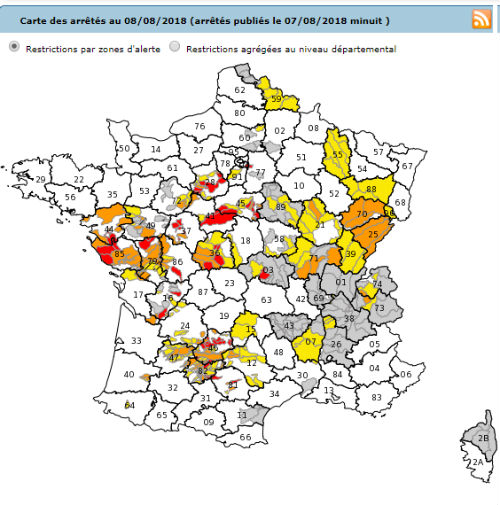
Different levels of seriousness are indicated on the site, ranging from the most serious level “crise” (red) when water can only be used in situations considered a priority for example for health related reasons, as well as for drinking water and hygiene, to the lowest “Vigilance” (grey) when people are advised to economise their water use.
The two other warnings are the second highest “high alert” (orange) and the third highest simply called “alert” (yellow).
Every month a water report is published by regional environmental departments which the local authorities can then use to cross-reference with the alert levels to decide what action needs to be taken.
Drought orders are put in place for a limited period of time and in a limited area.
To ensure these restrictions are enforced, each local authority has police officers called “police de l'eau” who are reponsible for making sure drought orders are observed.
If these orders aren't followed, police officers can dish out penalties including a fine of €1,500 which can go as high as €3,000 for repeat offences.
However, the situation is not yet critical. According to the board of geological research (BRGM) there is still a 'sufficient' amount of water in over half of France's groundwater reserves due to the heavy rains this spring.
The drought was much more severe last year. Water restriction measures were taken weeks earlier in June, and lasted until the autumn.

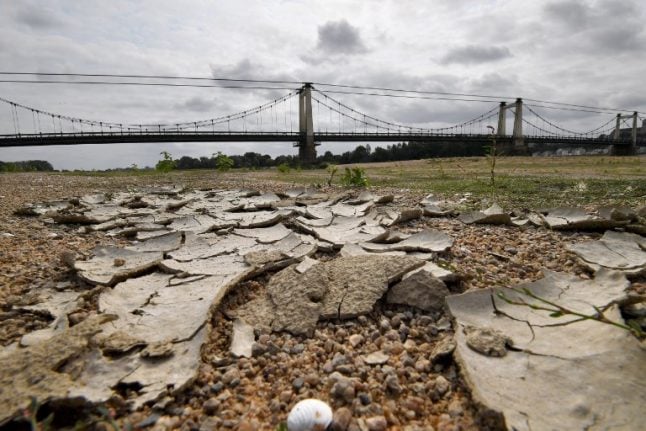

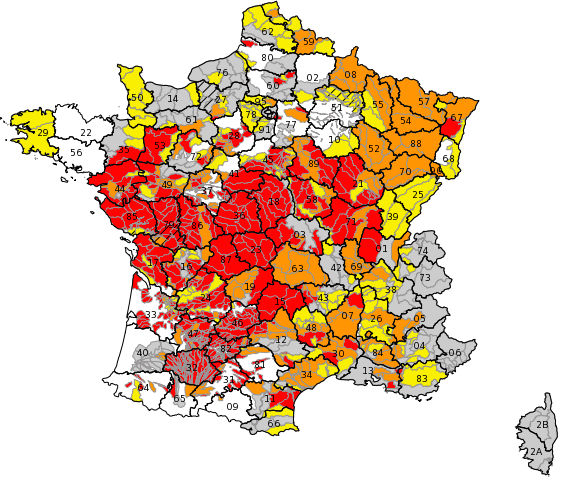
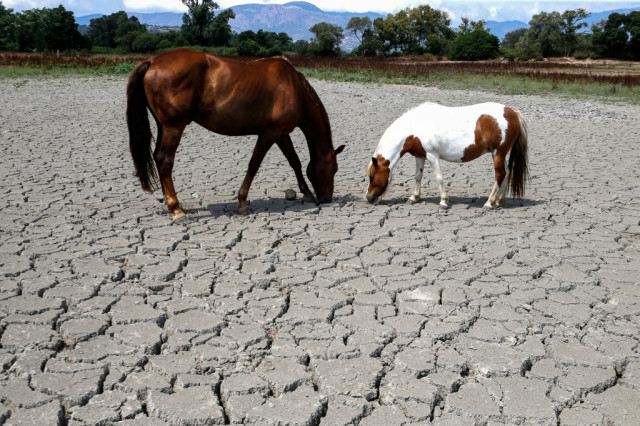
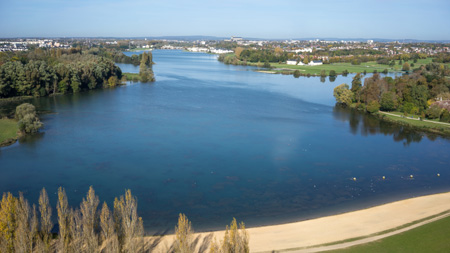
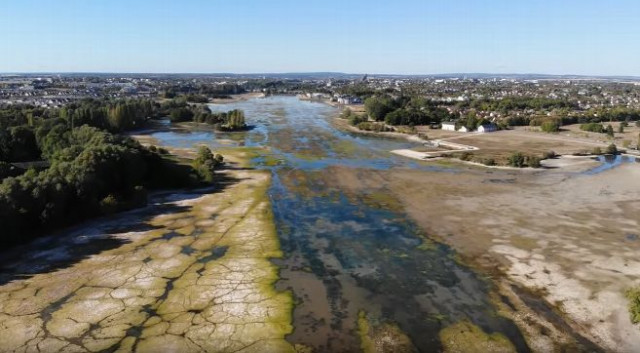
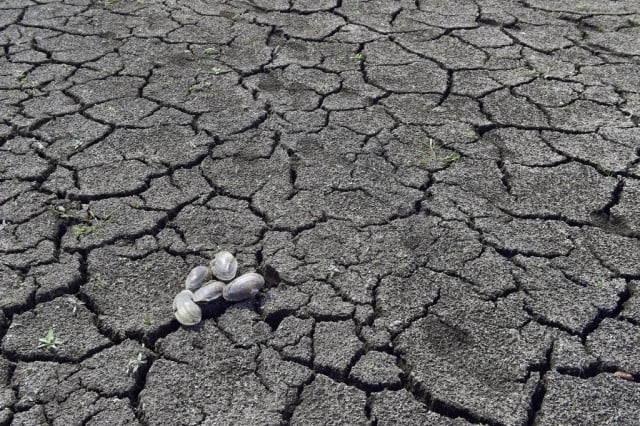
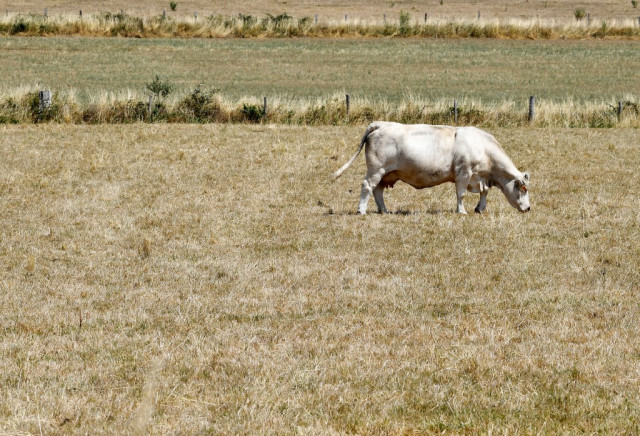
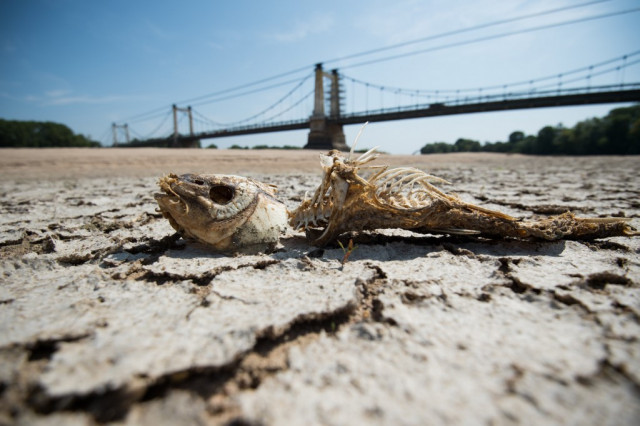
 Please whitelist us to continue reading.
Please whitelist us to continue reading.
A bit slow at reporting this! The Vendee has had “crise” conditions for a while.